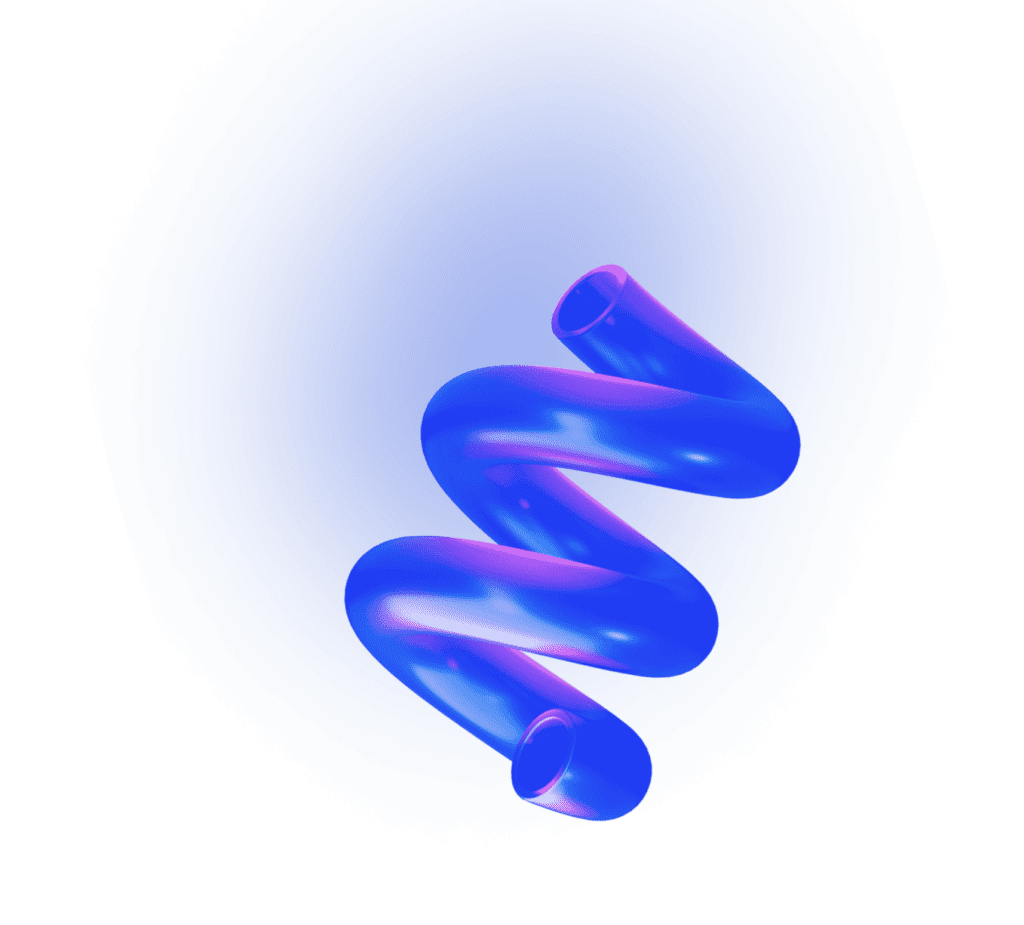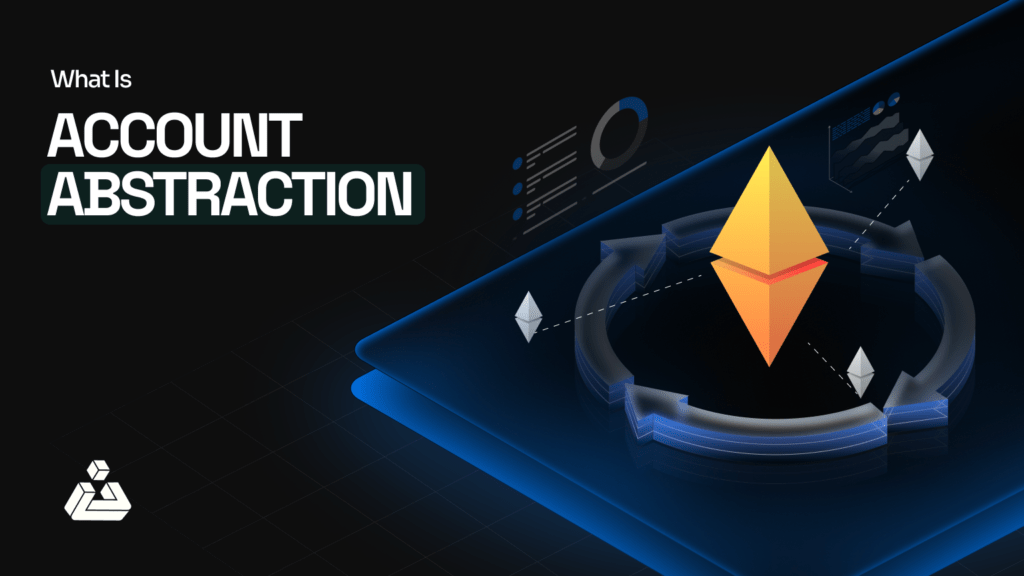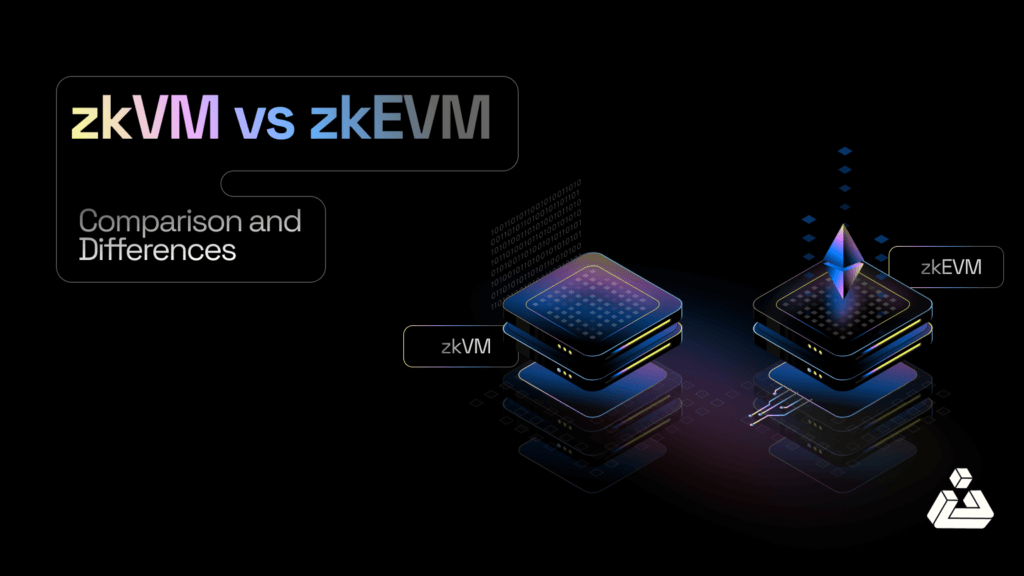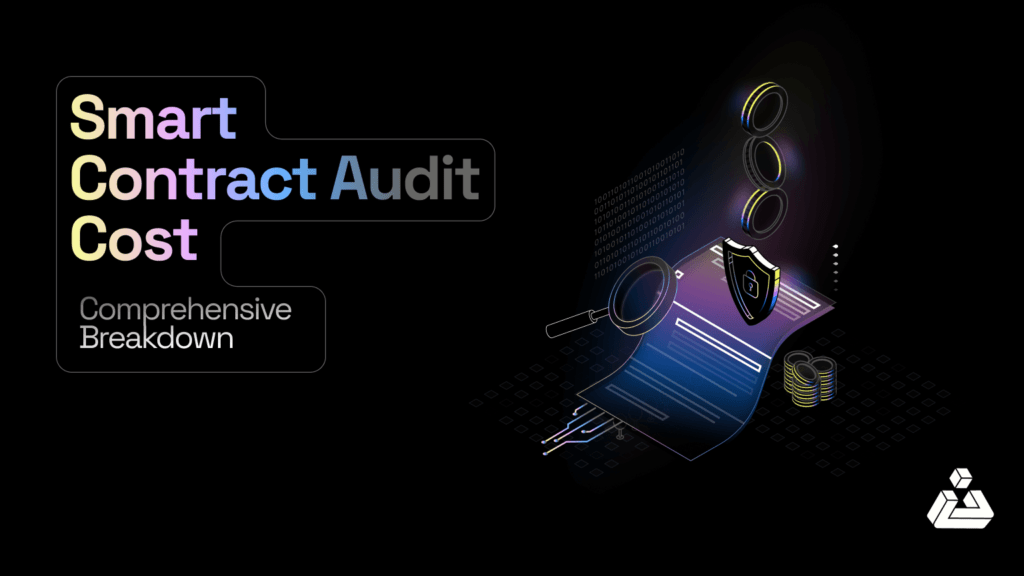What Is Account Abstraction?
Account abstraction aims is to abstract away the distinction between externally owned accounts (EOAs) and smart contracts. The idea of account abstraction is to enable smart contracts to control funds directly, rather than having to be called by external accounts to make changes to the blockchain state. This can lead to more flexibility in how smart contracts interact with the blockchain, potentially simplifying and optimizing their execution.
One of the most popular Blockchain around is Ethereum. At the heart of Ethereum’s functionality lies the concept of accounts, a fundamental building block that underpins the entire network. Ethereum, often dubbed as the world computer, operates on a decentralized platform, allowing users to execute smart contracts and decentralized applications (DApps) without the need for a central authority. Central to this decentralized ecosystem are accounts, and understanding their abstractions is crucial for navigating the intricate web of Ethereum.
Ethereum, since its inception, has stood at the forefront of blockchain innovation. Starting off as a platform that introduced smart contracts to the blockchain world, Ethereum rapidly became the backbone of numerous decentralized applications (DApps). However, with its rising popularity and increasing demand, the limitations of its original architecture became evident. This called for a transformative change, leading to the inception of account abstraction.
Account abstraction is not just a feature upgrade; it represents a fundamental shift in Ethereum’s approach to account management. By addressing the rigidity and scalability issues inherent in its initial structure of Externally Owned Accounts (EOAs) and smart contracts, Ethereum has opened the door to a new realm of possibilities. This innovation paves the way for a more dynamic, efficient, and user-friendly blockchain environment, potentially revolutionizing the way developers and users interact with Ethereum’s ecosystem.
The Genesis of Ethereum and Its Limitations
Ethereum began as a visionary project that expanded the scope of blockchain technology beyond simple financial transactions. It introduced two primary account types: Externally Owned Accounts (EOAs), controlled by private keys, and smart contracts, automated programs that execute when specific conditions are met. However, this binary account system soon faced significant challenges. The rigidity of EOAs limited user interactions, as these accounts could not trigger transactions autonomously. Smart contracts offered more functionality but were constrained by their static nature. This dichotomy created a bottleneck in developing more dynamic and feature-rich DApps.
Furthermore, scalability emerged as a major concern. The growing number of applications and transactions on the Ethereum network led to congestion, resulting in slower transaction times and higher fees. This scalability issue was a significant hurdle, hindering Ethereum’s ability to cater to a broader audience and more complex applications. These limitations underscored the need for a more flexible and scalable system, setting the stage for the development of account abstraction. This need for innovation was not just about keeping up with the increasing demands but also about pushing the boundaries of what could be achieved on the Ethereum platform.
The Concept and Necessity of Account Abstraction
Account abstraction is a revolutionary concept in Ethereum’s evolution. In simple terms, it blurs the lines between EOAs and smart contracts, allowing for more flexible account management. This means that accounts can now behave like smart contracts, possessing the ability to initiate transactions autonomously while maintaining the user control typical of EOAs. This fundamental change is crucial for several reasons. Firstly, it significantly enhances user experience by simplifying interactions with the Ethereum network. Users can now engage with DApps more seamlessly, without the complexities and limitations of the traditional account model.
Secondly, account abstraction is a response to the pressing need for scalability and efficiency in the Ethereum network. By enabling more complex transaction types and streamlined processes, it addresses the network congestion issues, paving the way for a more scalable and robust infrastructure.
Lastly, this innovation opens up new avenues for developers, allowing them to create more sophisticated and user-friendly DApps. The flexibility offered by account abstraction means that developers can now build applications that were previously impossible under the old system, potentially leading to groundbreaking developments in the blockchain space.
History Of Account Abstraction
Account abstraction is a concept that has been evolving for several years, with various attempts by different companies and proposals within the Ethereum ecosystem. Here’s a brief timeline of its development:
- Early Efforts – Pre-2017: The concept of account abstraction emerged in discussions around the early design of Ethereum. However, the technical limitations at the time hindered its implementation.
- Alternative Approaches – 2017-2021: Several companies explored alternative approaches to account abstraction. These included projects like PonziCoin and Metamask Snaps, each with its own unique design and functionalities.
- Ethereum Proposed Account Abstraction – 2021: In September 2021, Vitalik Buterin, along with Ethereum researchers, proposed EIP-4337, a standard specifically designed for account abstraction on Ethereum. This proposal aimed to achieve account abstraction without requiring modifications to the core Ethereum protocol.
Deep Dive into Account Abstraction Components
a. Addresses and Slots
The introduction of various slot types marks a significant shift in how Ethereum addresses function. These slots, such as direct slots and keccak256(A || X) + n slots, bring a new level of flexibility. They enable more complex and efficient address management, allowing for innovative interactions within the blockchain.
b. Alternate Mempools
Traditional mempools in Ethereum had a one-size-fits-all approach to transaction processing. With account abstraction, alternate mempools allow for the segregation of transactions based on specific criteria. This segregation not only streamlines processing but also enhances network efficiency, crucial for scaling the platform.
c. Bundling
Bundling transactions is a pivotal feature in account abstraction. By intelligently grouping transactions, Ethereum can resolve conflicts and optimize throughput. This leads to faster processing times and a more reliable network, addressing one of the core challenges of blockchain scalability.
d. Forbidden Opcodes
Security is paramount in any blockchain development. Account abstraction addresses this by identifying and restricting certain opcodes during the transaction verification process. This precaution ensures the integrity and security of transactions within the new framework.
e. Reputation Scoring and Throttling/Banning
To prevent abuse and maintain network health, Ethereum introduces a reputation system under account abstraction. Entities are assigned reputation scores that influence their network access, ensuring a fair and secure environment for all users.
f. Entry Point Upgrading
This feature brings unprecedented flexibility to Ethereum’s account architecture. Entry points can now be upgraded, allowing for dynamic changes and adaptations in response to the evolving landscape of blockchain technology.
g. Paymasters
Transaction sponsorship takes a new turn with paymasters. They play a crucial role in managing transaction costs, adding an economic layer to the account abstraction framework that is both innovative and necessary for a balanced ecosystem.
h. First-time Account Creation
The creation of new accounts under account abstraction involves enhanced security measures, ensuring the integrity and robustness of the Ethereum network.
i. RPC Methods
For developers, understanding the new RPC (Remote Procedure Call) methods is crucial. This section provides an overview of these methods, essential for seamless integration with the account abstraction system.
Practical Applications and Implications
The introduction of account abstraction extends Ethereum’s utility far beyond its current scope. In decentralized finance (DeFi), it enables more complex financial instruments and automated transaction processes, making DeFi more accessible and efficient. Non-fungible tokens (NFTs) can also benefit from enhanced interactions and automated functionalities, potentially transforming how digital assets are created, managed, and traded.
Beyond these, account abstraction has implications for a wide array of sectors. For example, in supply chain management, it can automate and streamline processes, increasing transparency and efficiency. Similarly, in the gaming industry, it could enable new types of in-game economies and player interactions.
The potential impact of account abstraction on these sectors is profound. It not only simplifies existing processes but also opens up new opportunities for innovation and development within the Ethereum ecosystem and the broader blockchain landscape.
Addressing the Challenges and Concerns
Despite its benefits, account abstraction comes with its own set of challenges. Security concerns are at the forefront, as the increased complexity of transactions could potentially open up new vulnerabilities. Additionally, the transition to this new system poses technical challenges, requiring significant updates and adaptations from developers and users alike.
Scalability, while addressed to an extent by account abstraction, remains a concern, especially as the Ethereum network continues to grow. Ensuring that the system remains efficient and robust as it scales is a critical challenge that needs continuous attention.
To address these challenges, ongoing research and development are crucial. The Ethereum community is actively working on solutions, such as enhanced security protocols and more efficient infrastructure designs, to mitigate these concerns. The collaborative nature of the blockchain community plays a pivotal role in refining and improving account abstraction.
Future Directions of Account Abstraction
The introduction of account abstraction is just the beginning of Ethereum’s evolutionary journey. Looking ahead, there are several potential enhancements and developments that could further refine this system. One area of focus could be the integration of advanced cryptographic techniques to bolster security and privacy. This would not only enhance user trust but also open Ethereum to a wider array of applications where confidentiality is key.
Another direction could be the optimization of the account abstraction framework to further improve scalability and efficiency. This could involve refining the bundling process, improving mempool management, and developing more sophisticated reputation scoring algorithms.
Moreover, as the blockchain landscape continues to evolve, Ethereum’s account abstraction might adapt to incorporate emerging technologies such as quantum-resistant algorithms or deeper integration with other blockchain platforms. This cross-platform interoperability could significantly broaden Ethereum’s utility and appeal.
These speculative future directions highlight Ethereum’s commitment to continuous improvement and its ability to adapt to the changing needs of its users and the broader technological landscape.
Conclusion
Account abstraction represents more than a technical upgrade for Ethereum; it is a pivotal stride in its continuous evolution. By addressing key challenges of scalability, flexibility, and user experience, Ethereum is not just keeping pace with the demands of its growing user base but is also paving the way for future innovations.
This development underscores Ethereum’s commitment to remaining at the forefront of blockchain technology. It opens up new possibilities for developers and users alike, enabling more complex, efficient, and user-friendly applications. As Ethereum continues to grow and adapt, the introduction of account abstraction will likely be looked back upon as a major milestone in its history, marking the beginning of a new era of blockchain technology.
FAQs:
1- What is account abstraction in Ethereum?
Account abstraction is a concept that blurs the lines between externally owned accounts (EOAs) and smart contracts. It allows accounts to behave more like smart contracts, enabling them to initiate transactions autonomously while maintaining user control.
2-What are the benefits of account abstraction?
Account abstraction enhances user experience by simplifying interactions with Ethereum’s network. It also addresses scalability issues, paving the way for a more efficient infrastructure. Additionally, it opens up new possibilities for developers to create sophisticated decentralized applications (DApps).
3- How does account abstraction improve scalability?
By enabling more complex transaction types and streamlined processes, account abstraction reduces network congestion, leading to faster transaction times and lower fees. This scalability improvement is crucial for Ethereum to accommodate a broader user base and more complex applications.
4- What are some practical applications of account abstraction?
Account abstraction offers several practical benefits:
- Gas-free transactions: Apps can now sponsor gas fees, removing a barrier for new users.
- Customizable security: Set spending limits, require multiple approvals, or whitelist trusted apps.
- Improved recovery: Potential for social recovery methods to regain wallet access.
- Efficient transactions: Wallets can batch transactions to save on gas fees.
5- What challenges does account abstraction face?
Security concerns arise due to the increased complexity of transactions, requiring robust security protocols to mitigate risks. Additionally, scalability remains a challenge, necessitating ongoing research and development efforts to ensure efficient network operation as Ethereum continues to grow.
6- What is the difference between account abstraction and chain abstraction?
Account abstraction hides complex key management within your wallet, while chain abstraction lets you use multiple blockchains seamlessly – like using one app for different currencies.
Read More:
EIP 6963 & The Future Of Ethereum Wallets
EigenLayer: ETH Staking And How It Works
Revisiting Ethereum Classic In Light Of The London Hard Fork
Balancing Transparency And Privacy In Ethereum












